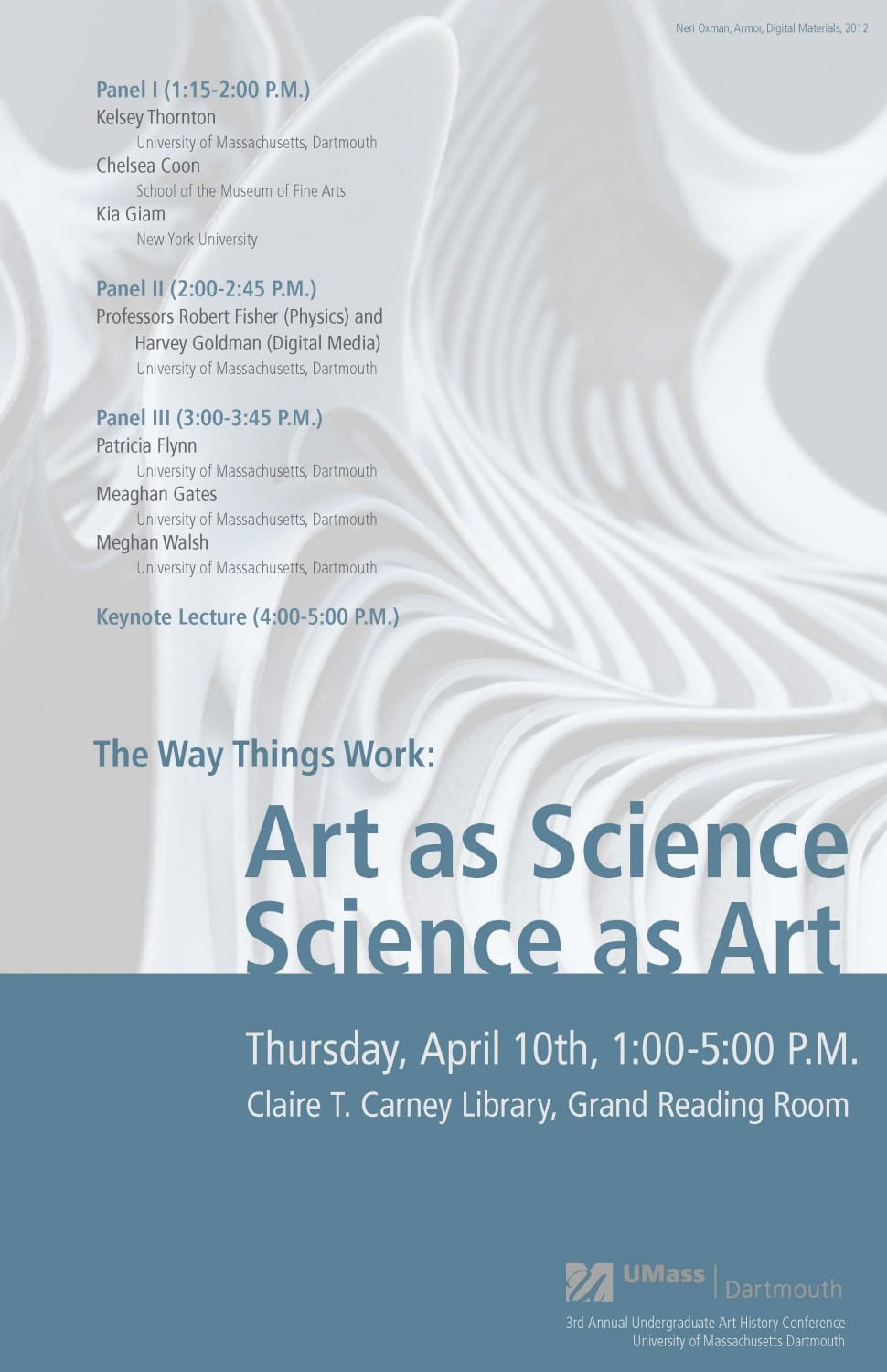 Professor Pamela Karimi’s recent article appears in the October issue of MIT’s Journal of Visual Culture, ARTMargins: “Of Cultural Diplomacy, Culture Games, and Curation of Non-Western Art” http://www.mitpressjournals.org/toc/artm/current
Professor Pamela Karimi’s recent article appears in the October issue of MIT’s Journal of Visual Culture, ARTMargins: “Of Cultural Diplomacy, Culture Games, and Curation of Non-Western Art” http://www.mitpressjournals.org/toc/artm/current

 Professor Pamela Karimi’s recent article appears in the October issue of MIT’s Journal of Visual Culture, ARTMargins: “Of Cultural Diplomacy, Culture Games, and Curation of Non-Western Art” http://www.mitpressjournals.org/toc/artm/current
Professor Pamela Karimi’s recent article appears in the October issue of MIT’s Journal of Visual Culture, ARTMargins: “Of Cultural Diplomacy, Culture Games, and Curation of Non-Western Art” http://www.mitpressjournals.org/toc/artm/current
Interviewed by Laura Baich, from Indiana University Press regarding Dr. Thomas Stubblefield’s upcoming book, 9/11 and the Visual Culture of Disaster. http://ipad.io/fCDy

Though the collapse of the World Trade Center was “the most photographed disaster in history,” it failed to yield a single noteworthy image of carnage. On this episode, Thomas Stubblefield talks about how the absence within these spectacular images is the paradox of 9/11 visual culture, which foregrounds the visual experience as it obscures the event in absence, erasure, and invisibility.
 In Spring 2014, Professor Pamela Karimi was offered the position of the Iran Heritage Foundation (IHF) Fellowship in Iranian Studies at SOAS, University of London, for a six month period.
In Spring 2014, Professor Pamela Karimi was offered the position of the Iran Heritage Foundation (IHF) Fellowship in Iranian Studies at SOAS, University of London, for a six month period.
Prof. Stubblefield’s project situates the history of photography within a broad historical frame of visual expression which not only includes fine art and popular imagery, but also the larger social and political context of the work. He will study the life and work of Josef Breitenbach, a photographer whose images bring together the experimentation of Modernism, the psychoanalytic base of Surrealism and the tumultuous political landscape of the early 20th century.
 Dr. Pamela Karimi reviews Boston Museum of Fine Arts photography exhibition entitled, She Who Tells a Story: Women Photographers from Iran and the Arab World.
Dr. Pamela Karimi reviews Boston Museum of Fine Arts photography exhibition entitled, She Who Tells a Story: Women Photographers from Iran and the Arab World.
The review, Weapons of the Resilient: A Postscript to “She Who Tells a Story: Women Photographers from Iran and the Arab World” by Dr. Pamela Karimi is published by Jadaliyya an independent ezine produced by ASI (Arab Studies Institute), the umbrella organization that produces Arab Studies Journal, Tadween Publishing, FAMA, and Quilting Point.
To read the article, http://www.jadaliyya.com/pages/contributors/180940
Undergraduate students at UMass Dartmouth’s Department of Art History
Time and Place of the Conference:
Claire T. Carney Library, Grand Reading Room; University of Massachusetts, Dartmouth
Thursday, April 10th from 1:00 PM to 5:00 PM
Light refreshments will be provided during the conference at no charge.
Keynote Speaker:
Dr. Kirsten Swenson, Assistant Professor of Art History at the University of Massachusetts, Lowell: “Critical Landscapes: Art in the Anthropocene”
 Cutting-edge scientific and technological breakthroughs have indeed augmented artistic initiatives. Sometimes the material qualities and visual dimensions of a technological or a scientific achievement are conceived as art. Otherwise, they have become sources of inspiration for artists. For example, microscopic photography, which is used as a research tool for cancer and neurological disorders, is displayed as art in the Koch Institute Public Galleries at MIT. In her ongoing project Stranger Visions, artist Heather Dewey-Hagborg translates discarded DNA found on city streets into 3-D portraits of the owners. Drexel University scientists and artists are collaborating by using 3-D printers to scan dinosaur bones and fossils. They hope to construct life-size replicas of these ancient animals, providing a more detailed and a much better understanding of how they might have moved and reacted to their environment.
Cutting-edge scientific and technological breakthroughs have indeed augmented artistic initiatives. Sometimes the material qualities and visual dimensions of a technological or a scientific achievement are conceived as art. Otherwise, they have become sources of inspiration for artists. For example, microscopic photography, which is used as a research tool for cancer and neurological disorders, is displayed as art in the Koch Institute Public Galleries at MIT. In her ongoing project Stranger Visions, artist Heather Dewey-Hagborg translates discarded DNA found on city streets into 3-D portraits of the owners. Drexel University scientists and artists are collaborating by using 3-D printers to scan dinosaur bones and fossils. They hope to construct life-size replicas of these ancient animals, providing a more detailed and a much better understanding of how they might have moved and reacted to their environment.
It is with such collaborative efforts and symbiotic relationships between science and art that the separation between art, science and technology is gradually starting to fade away, destroying traditional black-and-white perceptions of art and design as creative pursuits, and science and technology as intellectual queries. Indeed, contrary to popular belief, the arts and the sciences are not diametrically opposed. Rather, one could not exist without the other.
Held from 5 -6 at the UMassD Claire T. Carney Library, Dartmouth MA room 314.
Part of the Art History Lecture Series organized by Dr. Pamela Karimi and part of her Reinventing the Post-Industrial City (Architecture, Preservation and Sustainability) An Open Undergraduate Art History Course
http://pamelakarimi.wordpress.com
http://pamelakarimi.files.wordpress.com/2013/08/arh_fall_lecture0-1.jpg